Some customers may give some pushback on diagnostic charges, but they can be easily addressed by simple education
An automotive diagnostic evaluation is a systematic approach to identifying and evaluating issues with a vehicle’s various systems and components. It typically involves a series of tests and checks to diagnose the root cause of any problems or malfunctions.
However, some customers may give some pushback on diagnostic charges, but they can be easily addressed by simple education and by outlining these four following steps as a necessary and essential part of returning their cars back on the road, efficiently and effectively.
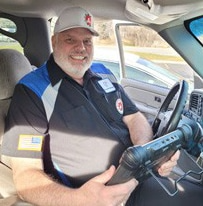
1. Initial inspection: The technician will visually inspect the vehicle, looking for any obvious signs of damage or wear, such as leaks, corrosion, or worn out parts.
2. Diagnostic tests: The technician will perform a series of diagnostic tests to assess the performance of different components, such as the engine, transmission, brakes, and electrical system. This may involve using specialized equipment, such as an onboard diagnostic scanner, to retrieve error codes and other diagnostic data.
3. Data analysis: The technician will analyze the results of the diagnostic tests to identify any issues or malfunctions. This may involve comparing test results to manufacturer specifications or using their own knowledge and experience to diagnose the problem.
4. Recommended repairs: Based on the results of the evaluation, the technician will recommend a course of action to repair or replace any faulty parts or components. This may involve providing an estimate for the cost of repairs and discussing the options with the vehicle owner.
Automotive diagnostic evaluation requires a combination of experience, expertise, and access to the right tools and resources. It is essential for identifying and addressing issues with a vehicle to ensure its safe and reliable operation.
This is why we have to charge for our diagnostic evaluation — and getting to the root of the problem.
Yes, it costs customers up front, but by doing so we don’t needlessly throw unneeded parts at their vehicle like others out there.
This is why we have to charge for our diagnostic evaluation — and getting to the root of the problem.
Yes, it costs customers up front, but by doing so we don’t needlessly throw unneeded parts at their vehicle like others out there.
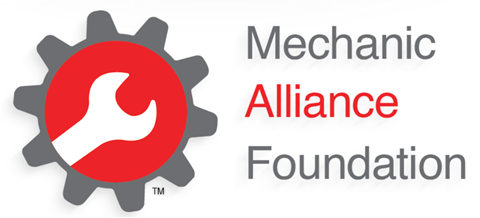

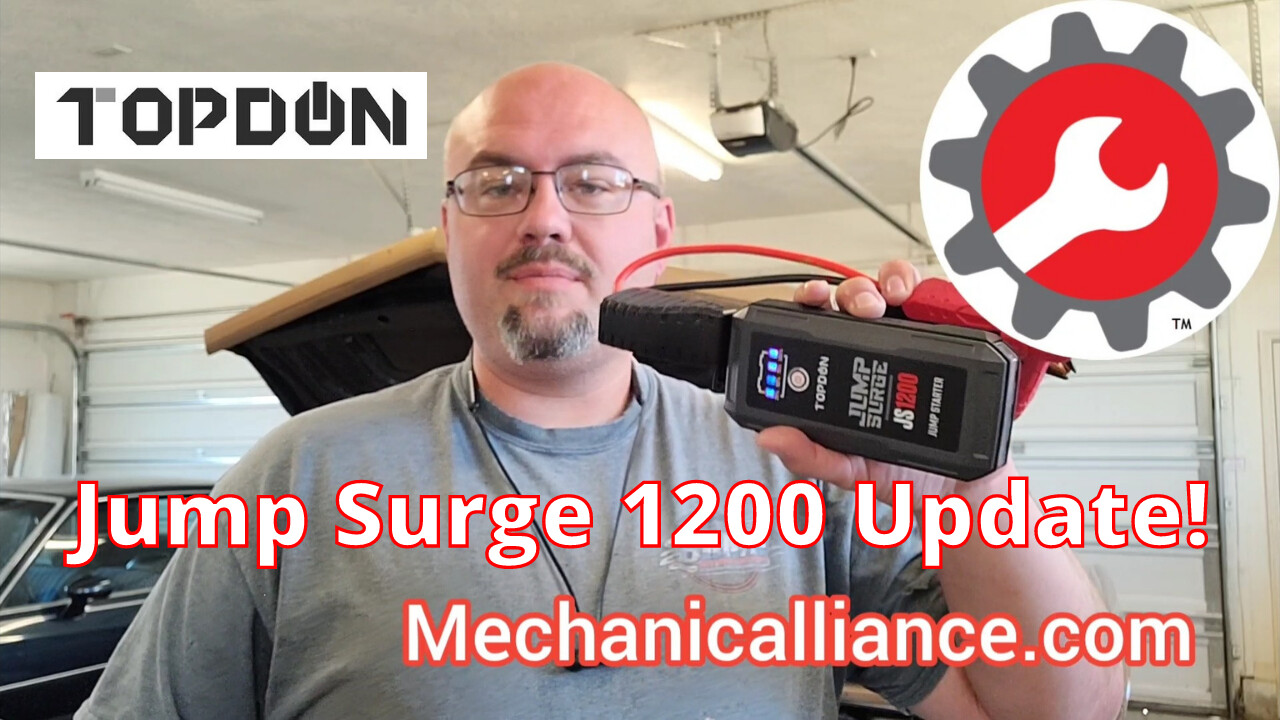


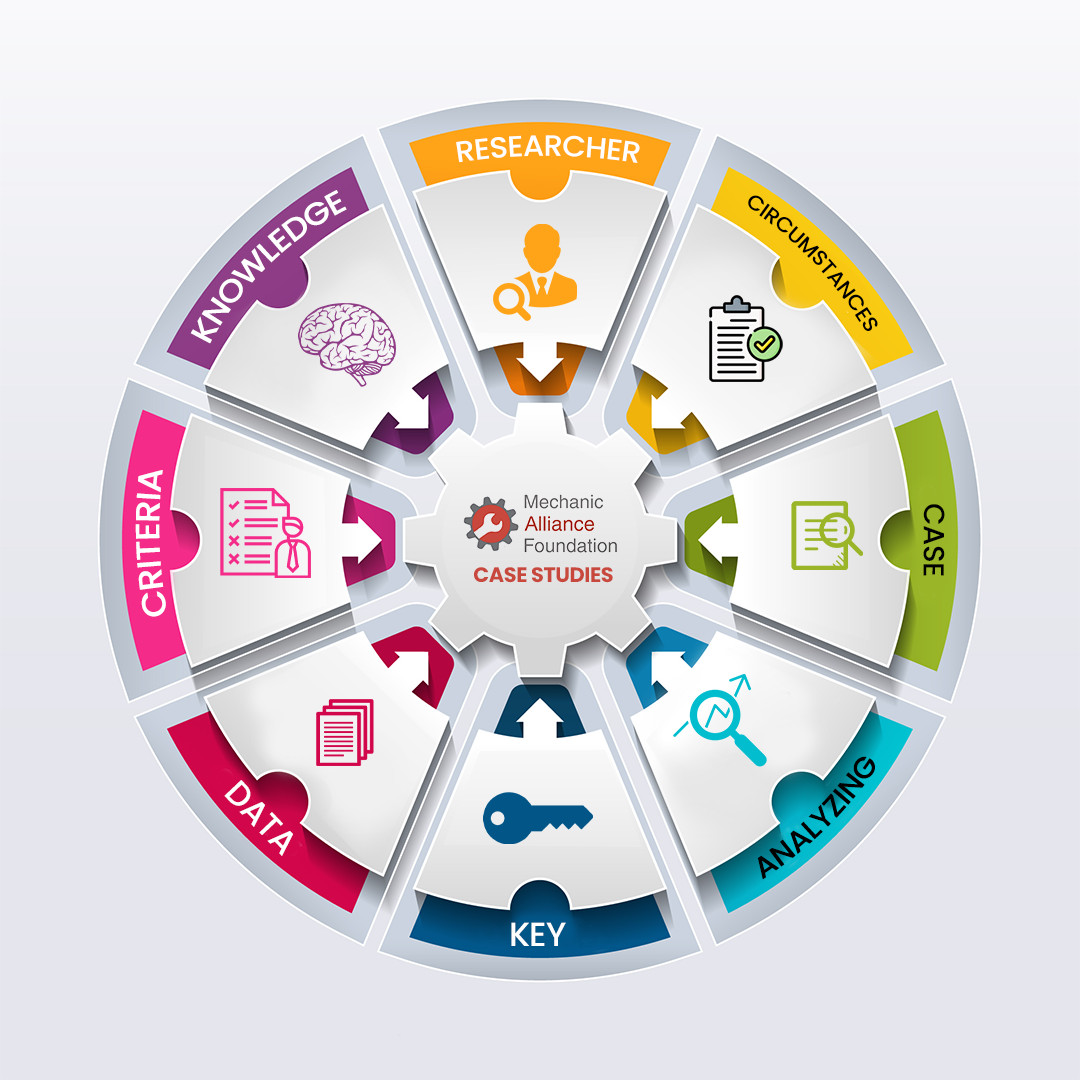
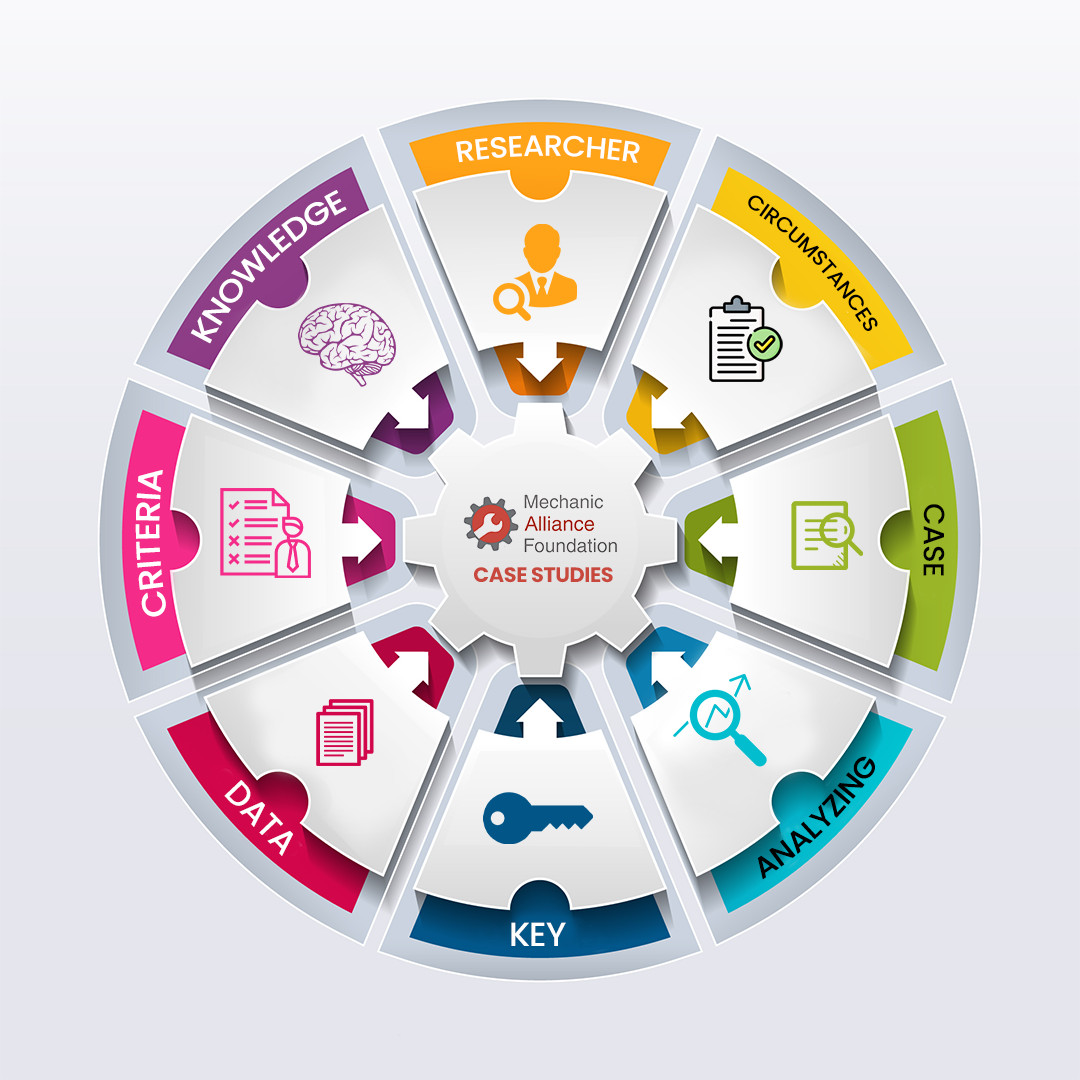

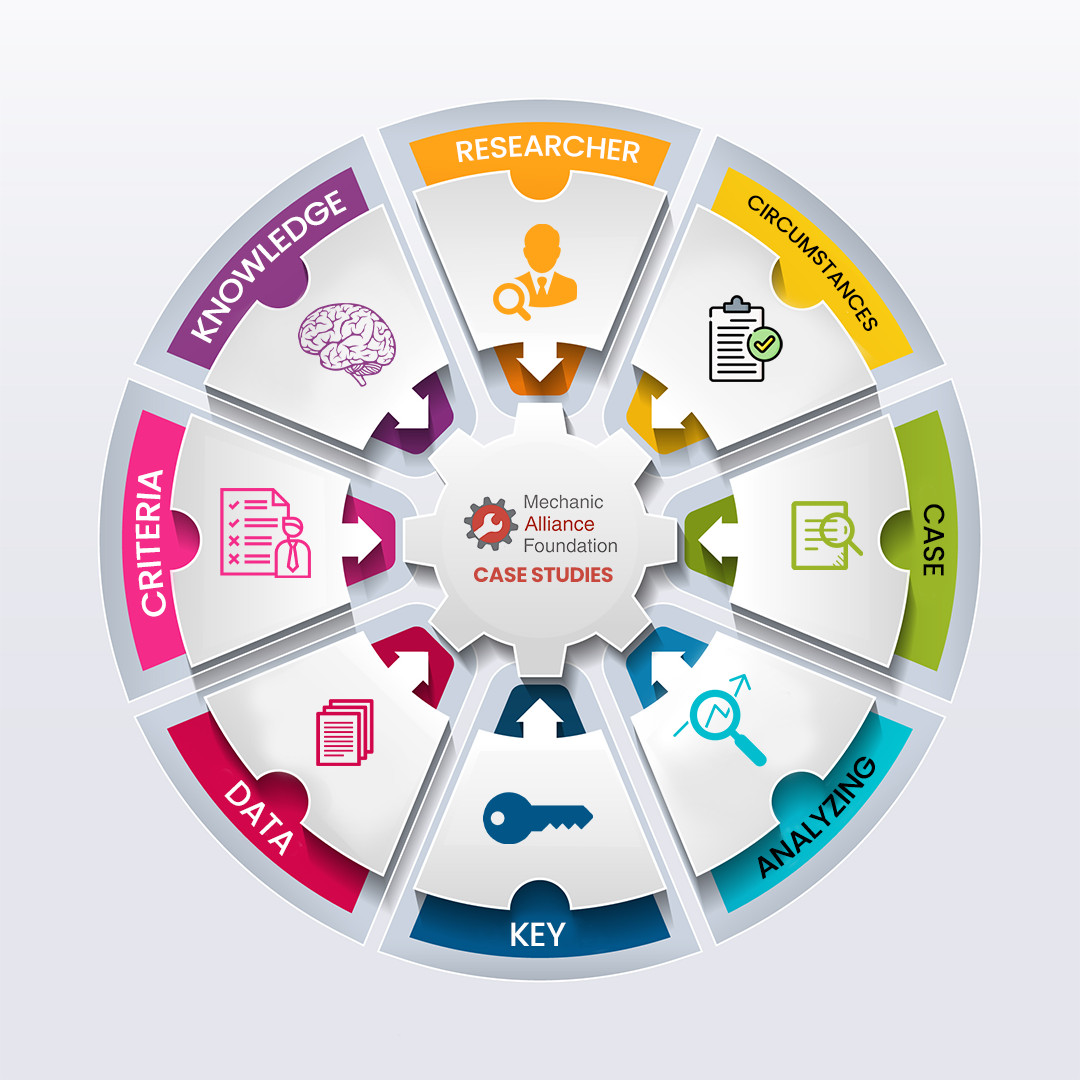
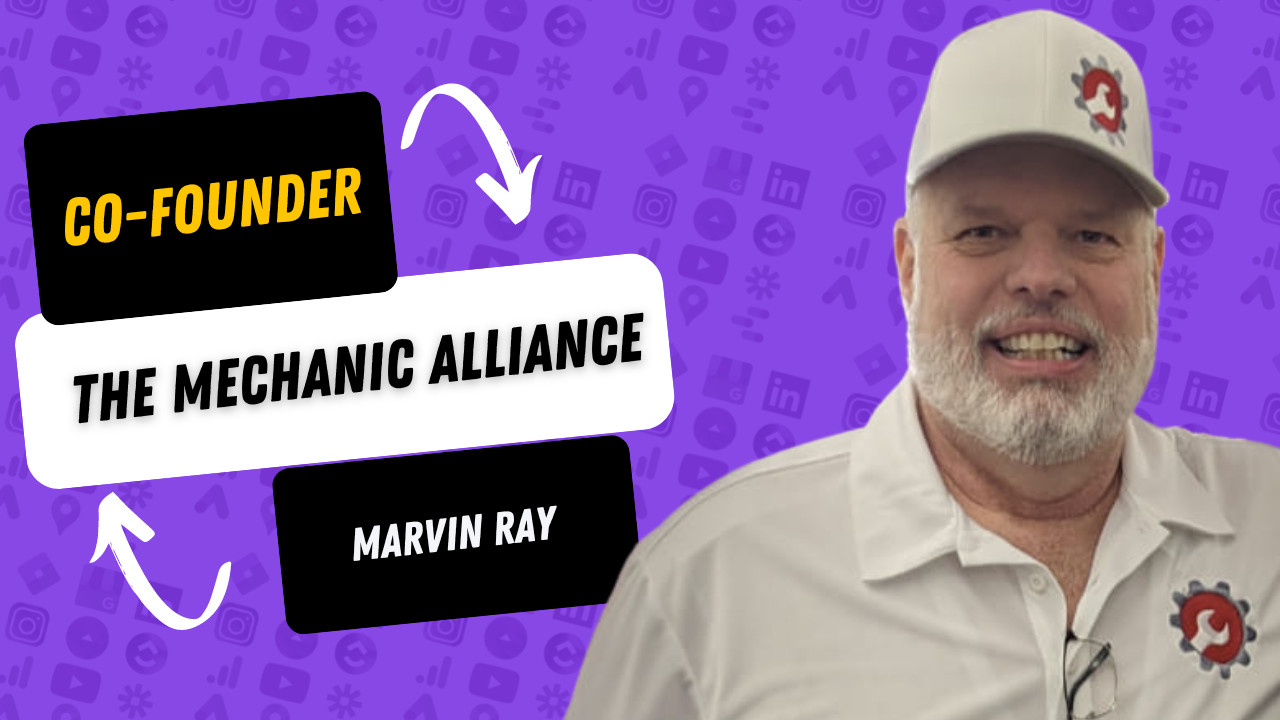
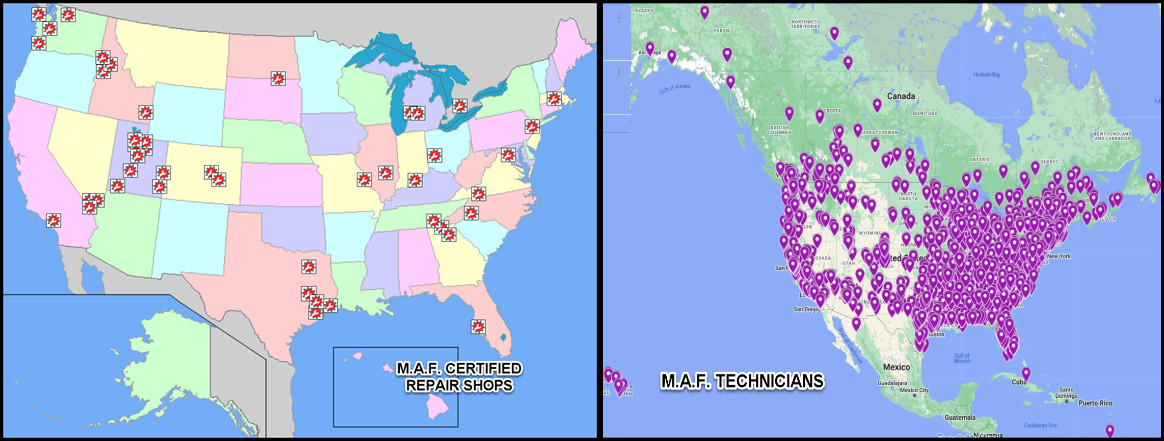
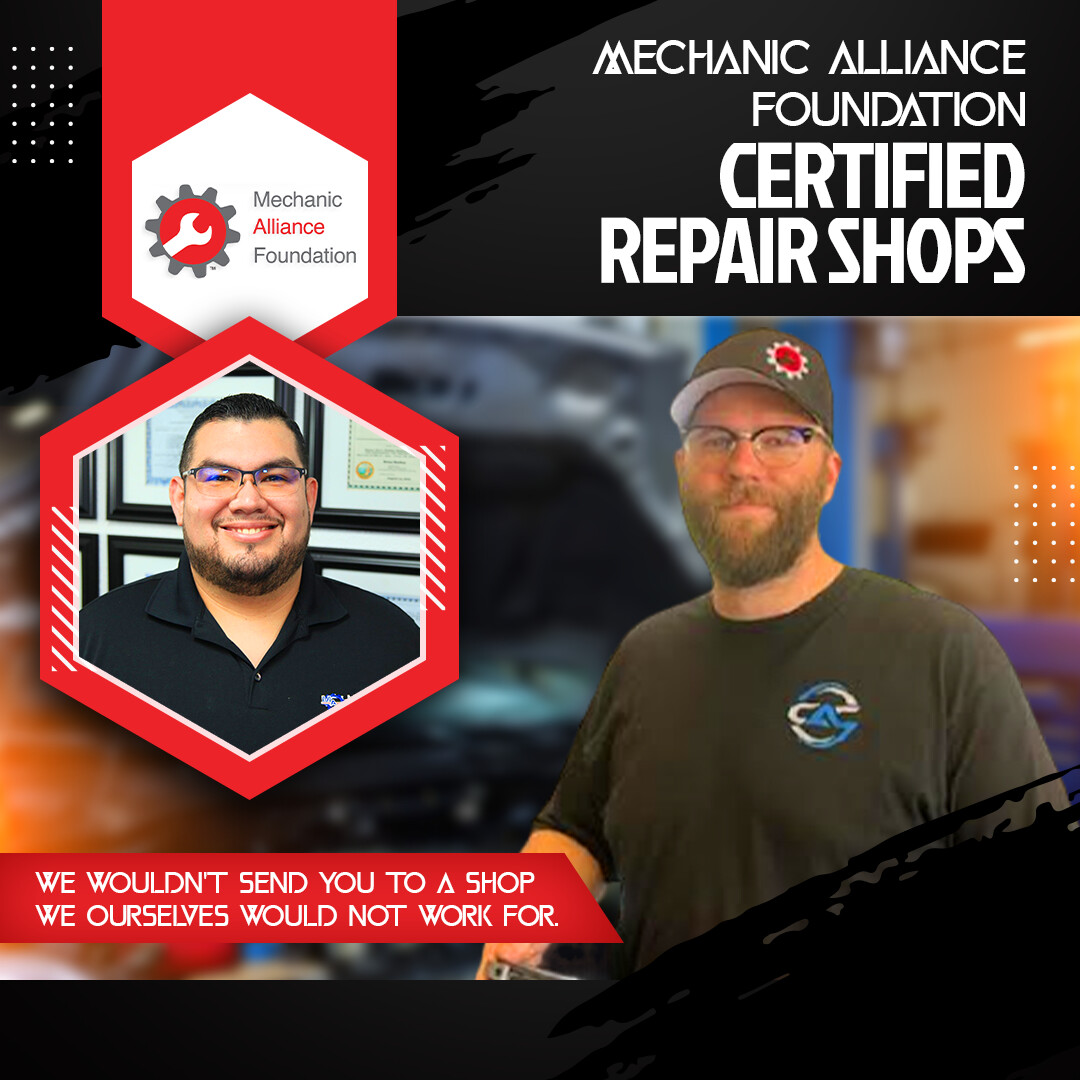






0 Comments